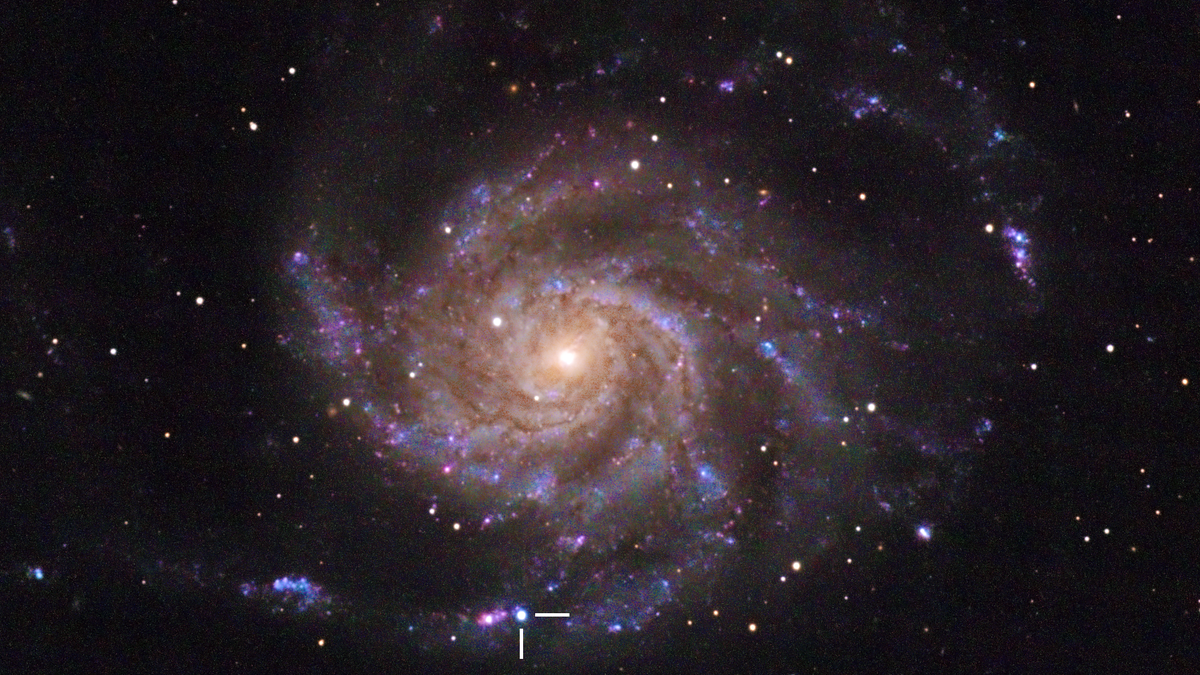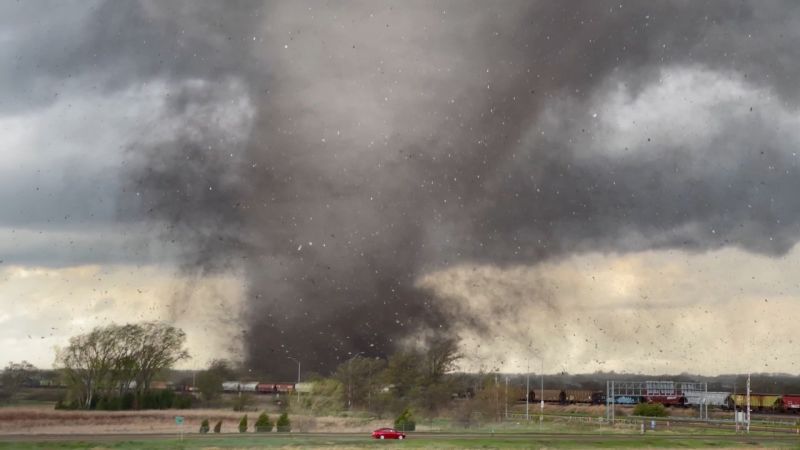A team of astronomers recently captured a series of images of a distant star as it went supernova, providing a remarkable play-by-play of stellar death and possibly the birth of a black hole.
Supernovae are massive explosions that occur when massive stars die. These events sometimes leave nebulae, neutron stars, or even black holes in their wake. The timing of supernovae can be difficult to predict, usually leaving astronomers with only the opportunity to image their aftermath, namely starbursts of gas and dust.
However, the recent team managed to catch a supernova in the act, just 22 million light-years from Earth (which is not so far as far as galaxies are concerned). The team’s analysis of this cataclysmic cosmic event was published today in Nature.
“It’s very rare, as a scientist, that you have to act so swiftly,” said Avishay Gal-Yam, an astronomer at the Weizmann Institute of Science and co-author of the paper, in a Keck Observatory release. “Most scientific projects don’t happen in the middle of the night, but the opportunity arose, and we had no choice but to respond accordingly.”
The supernova, called SN 2023ixf, occurred as a red supergiant star in the galaxy Messier 101, also known as the Pinwheel galaxy, expired. The team observed the supernova using the Hubble Space Telescope and the Keck Observatory on Mauna Kea, among others. Hubble had previously been employed to observe that region of the universe, meaning the team had historical data from the region—before the red supergiant star met its end.
The team calculated the amount of material spewed out by the supernova, and the star’s mass and density before it exploded. But the numbers didn’t line up, leading the team to a satisfying conclusion.
“Calculations of the circumstellar material emitted in the explosion, as well as this material’s density and mass before and after the supernova, create a discrepancy, which makes it very likely that the missing mass ended up in a black hole that was formed in the aftermath of the explosion—something that’s usually very hard to determine,” said study co-author Ido Irani, a researcher at the Weizmann Institute, in the same release.
In the future, it might be possible to determine exactly how much material SN 2023ixf spewed and the distribution of that material, as the team is still sifting through data from the stellar explosion. But even the initial paper is something of a cosmic bombshell.
More: How Do We Know When the Sun Will Die?

Daisy Hips is a science communicator who brings the wonders of the natural world to readers. Her articles explore breakthroughs in various scientific disciplines, from space exploration to environmental conservation. Daisy is also an advocate for science education and enjoys stargazing in her spare time.








